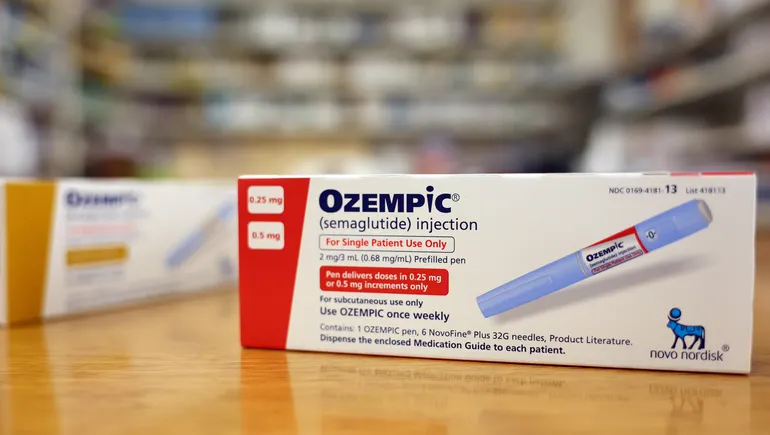GLP-1 Medication Users to Represent 35% of U.S. Food and Beverage Sales by 2030
Households with users of GLP-1 medications for weight loss are set to account for more than a third of food and beverage sales over the next five years, according to a new Circana report. Currently, around 23% of U.S. households have a member using GLP-1 drugs like Ozempic or Wegovy, and by 2030, these households are projected to represent 35% of all food and beverage units sold.
This shift in consumer behavior is expected to reshape consumer preferences and purchasing patterns in the food and beverage industry. Weight loss drugs like GLP-1s suppress appetite and push consumers towards healthier and convenient offerings with high protein, fiber, energy, or hydration benefits. As a result, consumers on GLP-1s are more likely to avoid items high in carbohydrates and sugars, opting for healthier choices.
The rise of GLP-1 medications presents a significant opportunity for food and beverage companies to adapt to the changing consumer landscape. Companies are already starting to formulate offerings that cater to this growing cohort of consumers, with products designed to help consumers meet their weight loss goals.
Despite buying fewer groceries, GLP-1 users are willing to spend more on food and beverage products that provide added health benefits. According to an ADM report, 80% of consumers taking GLP-1 medications are willing to pay more for products that offer health benefits, and 67% consider GLP-1 friendly attributes when making purchasing decisions.
Companies are also considering how to support consumers who start and stop these medications. While many consumers may maintain healthier eating habits after ceasing the medication, a significant percentage regain some of the weight they lost, prompting them to restart GLP-1s. To reach consumers who have stopped using GLP-1 medications, companies are advised to focus on foods with ingredients that increase the perception of fullness.
With half of previous GLP-1 users likely to use the medications again in the future, it is crucial for companies to adapt their product selections and marketing strategies to align with the health-focused mindset of this growing group of shoppers. As consumers move in and out of active medication use while trying to maintain health-conscious behaviors, the key to future success lies in catering to their evolving needs and preferences.


